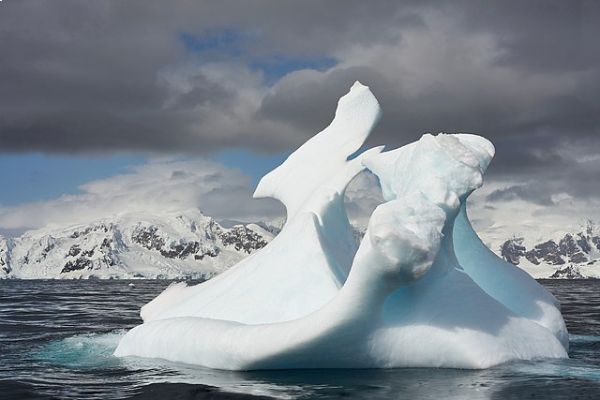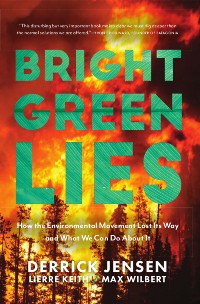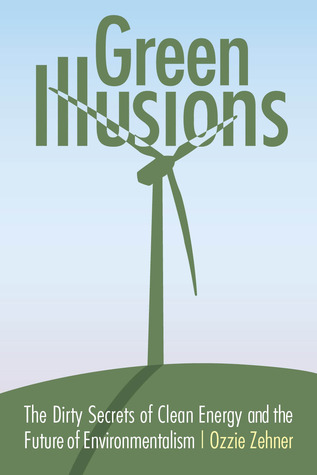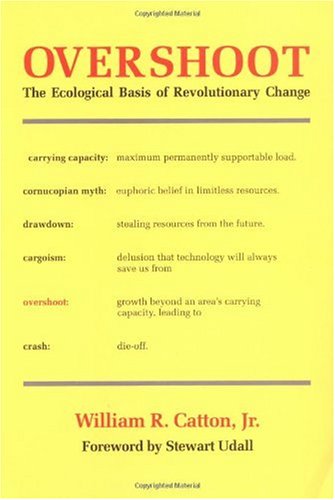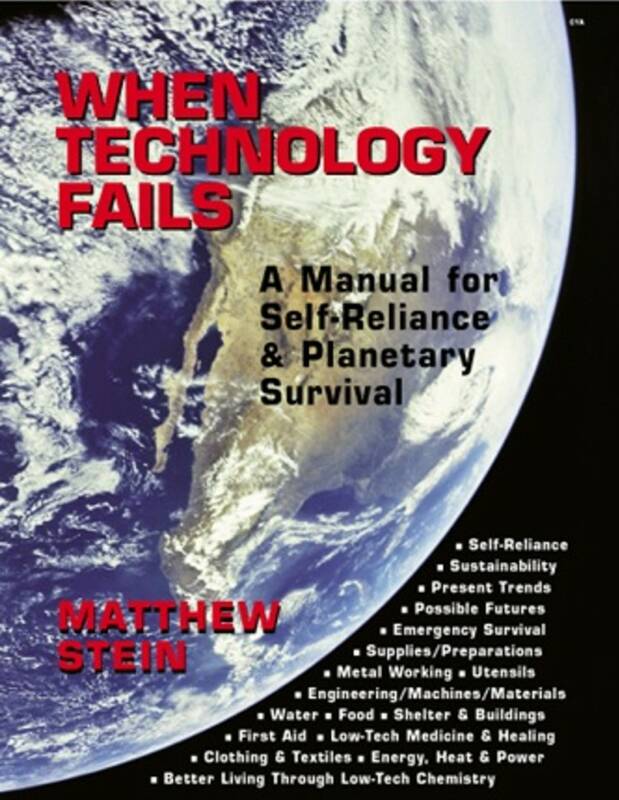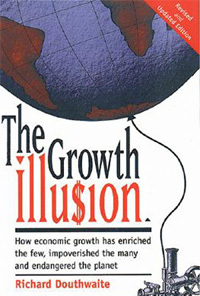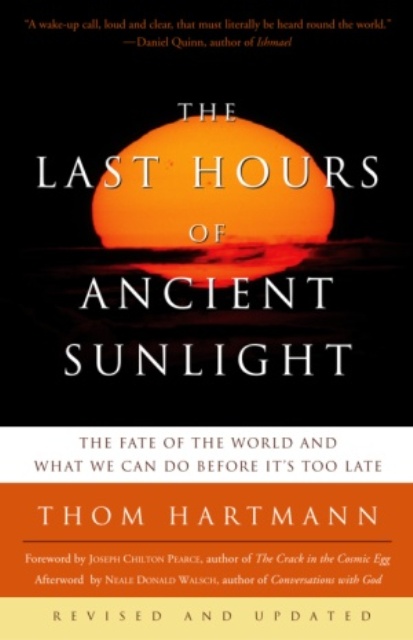Antarctica has finally succumbed to rapid climate change. This past year (2023) brought changes to the icy continent that left climate scientists feeling a “punch in the gut.” (“Red Alert in Antarctica: The Year Rapid Dramatic Change Hit Climate Scientists Like a “Punch in the Guts“,The Guardian, December 30, 2023.)
Antarctic sea ice cover crashed for six months straight to a level so far below anything else on the satellite record that scientists struggled for adjectives to describe what they were witnessing.
Global warming’s impact on Antarctica is serious, dangerous, threatening, hard to believe, and maybe unstoppable. Warnings like this, but not as serious as this, have been happening for years. As a result, too much negativity has turned the public numb to climate change. It’s been an endless stream of bad news that never gets good, always bad. But, in all honesty, that’s the nature of the beast unless reality is simply ignored.
Mainstream news recognizes the frustration, for example: “Global efforts to reach net-zero carbon emissions are failing in almost every way, with one exception: the boom in electric vehicles.” (Source: “EVs Are the Only Bright Spot in Climate Fight, Study Shows”, Bloomberg, November 14, 2023.)
At the other end of the spectrum, Extinction Rebellion -XR- famous for gluing people to airplanes, roadways, and fossil fuel hdqs doorways, and one of the most famous or infamous (take your pick) internationally organized groups against the root causes of global warming has heard enough bad news. It’s changing strategy by accepting reality.
Co-founder Roger Hallam just took XR off the streets, so to speak, with his 2024 new year email broadcast: “Balance: Building the Next Civilization in 2024,” which is a brilliant practical strategic change of heart. In Roger’s words: “Look, the carbon regime has totally fucked up, so the climate crisis is now locked in. We don’t need to create massive social disruption because it’s going to happen anyway! The regime will collapse under the weight of its own contradictions. So, what next? We need to build the next civilization and stop fascism from taking us to a terminal hell.”
Roger sees the inevitability of what’s already set in motion, including the burgeoning fascist movement, and he sees the rotted failure of UN climate conferences (for over 30 years now) not addressing the root cause of ecosystem destruction. As a result, nothing is going to be done soon enough to make a difference. All the chatter about nuclear power and tripling renewables, blah-blah-blah, at the end of the day, will be greenwashing to appease people who see one “natural disaster” unfold after another on nightly news over the past couple of years, massive floods, massive droughts, massive storms, massive wildfires, and massive atmospheric rivers. Everything is massive these days.
In the real world, none of the proposed solutions for climate change meet the “scale of the problem” after more than 200 years of greenhouse gas emissions into the atmosphere. Climate change is climate change is climate change, the same for eons, but the 21st century brand is radically different from anything in the paleoclimate record because it’s 10 times faster, in some instances 100 times faster. than ever before in paleoclimate history. Humans can’t keep up with the biogeological turbocharged monster. Scientists complain it’s happening so much faster than their models.
Ipso facto, ecosystems teeter throughout the planet; e.g., Greenland, in bad shape. Some scientists don’t even want to talk about Greenland any longer once it rained for the first time in recorded history at the Summit, 10,551 feet elevation.
A recent study about Greenland’s past is horrifying: “A recently discovered ice core taken from beneath the ice sheet decades ago has revealed that a large part was ice-free around 400,000 years ago, when temperatures were similar to those what we are now approaching. It’s an alarming finding that has implications for sea level rise. The study overturns previous assumptions that most of Greenland’s ice sheet was frozen for millions of years. Instead, moderate, natural warming led to large-scale melting and sea level rise of more than 1.4 meters (4.6 feet), according to the report in the journal Science.” The lead author of the study, Paul Bierman, University of Vermont: “When you look at what nature did in the past, as geoscientists, that’s our best clue to the future.” (“Long-Lost Greenland Ice Core Suggests Potential for Disastrous Sea Level Rise”, CNN, July 20, 2023.)
Interestingly, and nerve-wracking[ly], levels of carbon dioxide in the atmosphere today are 1.5 times higher than 400,000 years ago when sea levels increased 4.6 feet. Melt events take time but how much time nobody knows.
According to Copernicus ‘Ice Sheets’, since 1980 the rate of ice mass loss tripled for Greenland (pre-1980s, it was stable and in balance) and Antarctica. And now accelerating. Tripling the rate of ice mass loss of the two largest chunks of ice on the planet is impossible to fathom.
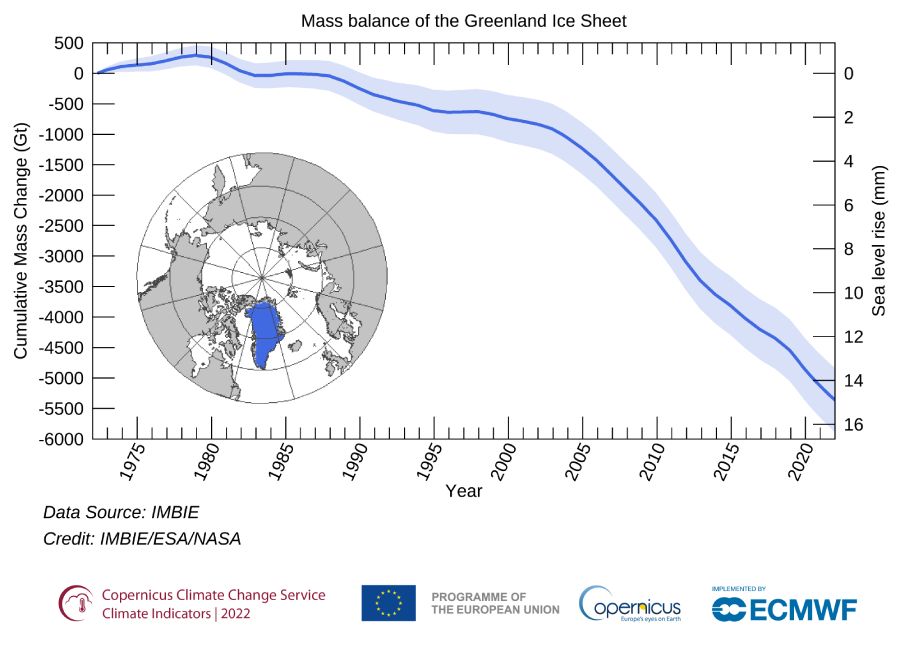
According to the science, Antarctica is in big trouble, and it may be irreversible. Coastal cities could be under water; it’s just a matter of time; nobody knows how soon or later, but at the current rate of global fossil fuel emissions, it looks grim. After all, the fossil fuel industry has publicly announced intentions to go full-bore, like there’s no tomorrow, they are cranking up oil production big time, according to statements by big oil companies. “Global fossil fuel production in 2030 is set to be more than double the level deemed consistent with meeting climate goals set under the 2015 Paris climate agreement.” (“Global Fossil Fuel Production Plans Far Exceed Climate Targets, UN Says”, Reuters, November 8, 2023.)
Massively increasing oil production conforms to a recent James Hansen (Earth Institute-Columbia University) publication about exceeding the world’s most recognizable threshold, aka: the danger zone, the Climate Maginot Line or 2C above pre-industrial. Hansen’s prediction is way ahead of expectations, the upcoming decade, the 2030s. That’s early! It should be noted that scientists claim exceeding 2C wreaks havoc with life-sourcing ecosystems. For example, it’s already happening at above 2C with Arctic permafrost melting 2-4 times the average of global warming. Arctic rivers turn toxic and orange, one of the biggest sore thumbs on the planet, but Antarctica, the Amazon rainforest, Greenland, and the Great Barrier Reef are challenging.
A British Antarctic Survey found the record drop in sea ice led to a catastrophic breeding failure for animals. Meanwhile, East Antarctica recorded its biggest heatwave ever at 39C above normal. And making matters worse, a major study published in Nature found meltwater slowing down, by a nerve-rattling 30%, Southern Ocean Overturning Circulation; this has huge negative implications for global weather, especially for northern Europe, which could lose its warm tropical current flow. And the implications for marine life are a major concern.
Meantime, West Antarctica melting has tripled, and studies show accelerated melting of the ice shelves has locked in a cascading impact for West Antarctica which is in much worse shape than its eastern cousin.
Even worse yet for sea level rise expectations, Antarctica’s enormous loss of sea ice was never expected so early. According to Tony Press, former head of the Australian Antarctic Division: “There’s a chance that it could come back again, but there’s also a very, very high chance that sea ice in Antarctica has moved into a new state… You would not be an alarmist if you said you were really worried about that. ” (Ibid.)
Researchers claim a permanent loss of sea ice would accelerate ocean warming, as dark water absorbs more heat than ice and amplifies the rate of global sea level rise by removing a buffer protecting the continent’s ice shelves.
Antarctica, like so many other ecosystems throughout the globe, such as the Amazon rainforest (20% gone for good, 40% severely degraded) no longer adhere to the flow of Mother Nature. Human activity dictates the flow.
Roger Hallam, co-founder of XR, has seen the future, and it’s an analog of the past but much worse. Now, he’s searching for answers to building the next civilization. Not a bad idea. But where?

